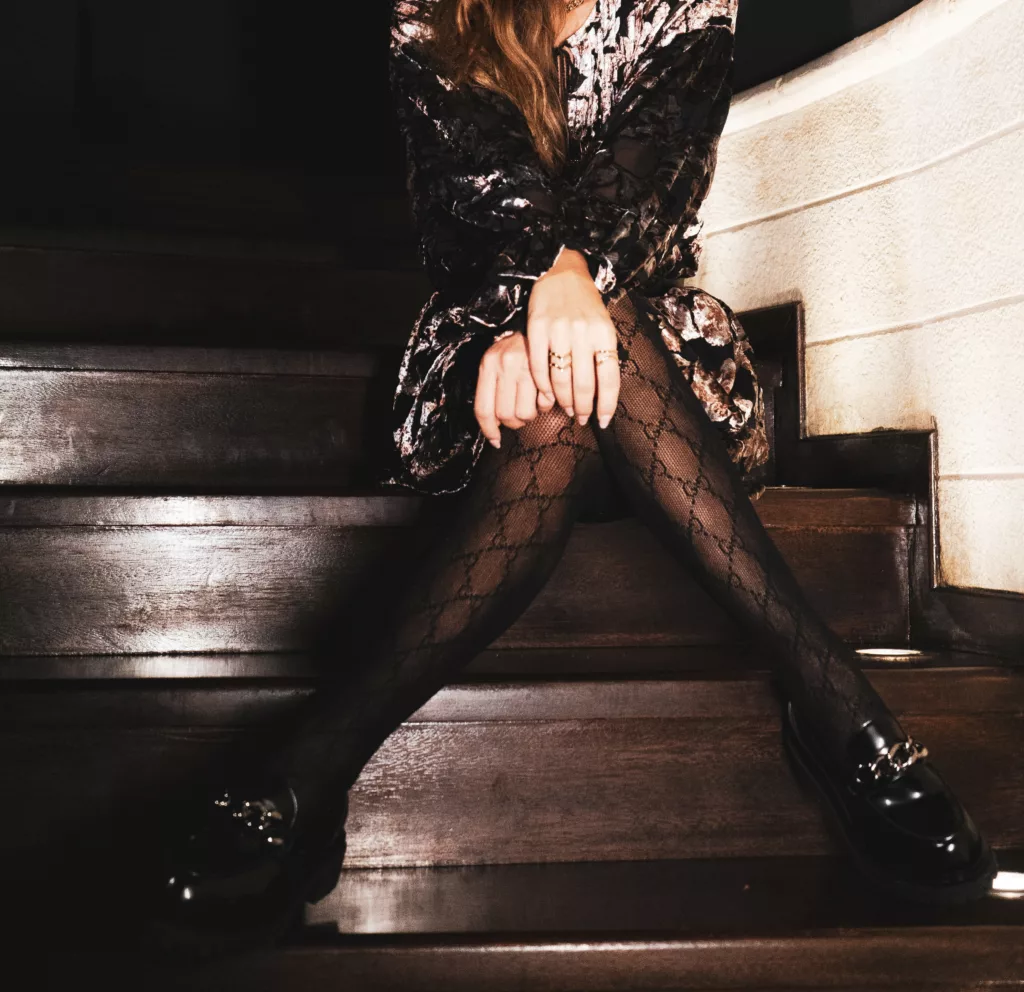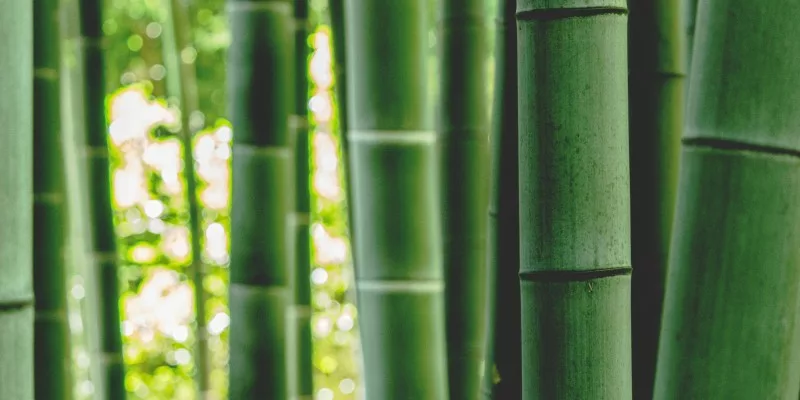Nylon is a trademark name and the formal chemical name is polyamide fiber (abbreviated as PA). Polyamide fiber was invented by scientists in the United States in the 1930s and industrialized, which was the first synthetic fiber created by humans. It can be considered an important milestone product and is one of the 100 greatest inventions that have influenced human life in the 20th century. It has the characteristics of high fiber strength, light weight, easy maintenance, and wear resistance.
The orgin of nylon
99% of the raw materials in nylon fibers come from petroleum. With the upgrading and development of the textile fiber material industry towards sustainable development, the research on manufacturing synthetic fibers using bio-based methods to replace petroleum-based methods has become a hot topic in the industry. The key to preparing bio-based nylon is how to prepare the raw material monomers of nylon through biomass materials, usually using the oil route and the polysaccharide route.
The oil route commonly uses renewable natural oils such as castor oil, oleic acid, and linoleic acid. Through a series of chemical reactions such as ester exchange and high-temperature cracking, the binary acid required to prepare synthetic nylon, such as decanedioic acid and ω-amino undecanoic acid, can be prepared.
The polysaccharide route is to convert renewable sugar substances such as glucose and cellulose into nylon raw material monomers through biotechnology or chemical methods. Currently, the oil route is more mature and has a larger commercial scale, while many polysaccharide routes are still in the research stage.
Application of nylon
Currently, commercialized bio-based nylon categories include PA11, PA1010, PA610, and PA410.
Bio-based PA1010, developed from castor oil, is mainly used as engineering plastics and is rarely used as fibers.
One of the raw materials of bio-based PA56,5-pentanediamine, is prepared by biotechnology. The bio-based PA56 has good spinnability, and the fibers produced have excellent comprehensive properties, good strength, excellent heat resistance, good solvent resistance, and excellent moisture absorption and dyeing properties. It can be used in clothing, home textiles, and other products, and has good comfort.
application to hosiery
Nylon is one of the main materials used to produce pantyhose.

Nylon fiber has excellent wear resistance and high strength, which is suitable for producing socks.
There are three main materials used for pantyhose: crystal silk, core-spun silk, and velvet. Essentially, they are all mainly made of nylon.
Crystal silk is the cheapest and least stretchy nylon thread. The cost of crystal silk stockings is low, but they are prone to breakage and often become unusable after wearing 1-2 times.
Covering yarn is a combination of nylon and spandex threads, with good hand feel and durability better than crystal silk. It is usually used to make mid-range stockings. The characteristic of this type of stockings is that they will not deform but are easy to break. Each time they are worn, they will cause some damage to the core-spun silk, and the accumulated damage will cause it to break.
Velvet is a high-end customized version of core-spun silk. Top-quality nylon and spandex are used, which are finer and softer, and have excellent stretchability. Velvet refers to its luxurious and lightweight characteristics like goose feathers. The thinnest and most luxurious stockings in the world are made of this top-quality material.
More expensive and higher-quality elastic fibers than velvet are DuPont’s Lycra and the latest 3D Lycra, whose raw material costs are several hundred times that of crystal silk.





